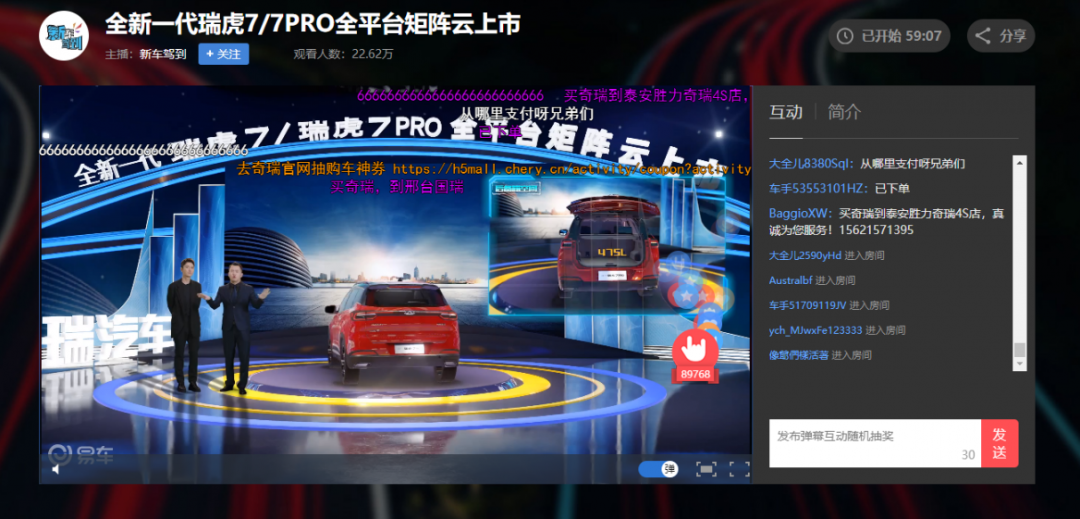Preparing for tomorrow: How China’s automotive industry is digitalizing to invent new customer experiences
Blog: Capgemini CTO Blog
In our previous blog post of this series, we learnt how shared resources enabled China’s retailers to manage a surge in demand and its potential to unlock new possibilities for the future. Here, we look at the unprecedented speed of digitalization in the Auto sector in China and how that might be ushering in the path to recovery for this industry.
Crises are known to accelerate the development of new ideas. You only have to look at how businesses in China have reacted to the lockdown over recent weeks to confirm this: decisions and process changes that would normally take months or years are now taking just days or weeks.
Digital sales and marketing channels are particularly robust in China. Almost every product and service can be bought online, from toothpaste to your dog’s haircut. Only some traditional high touch sectors like the automotive industry – as in most countries – have yet to get a strong digital foothold here.
Cars are traditionally a product that people want to look at in person, to touch (we speak of high touch products) and try out. How can dealers continue to sell cars when their customers’ overriding priority is to keep their distance and try to stay at home as much as possible? During the COVID-19 crisis, the lockdown has accelerated the digitalization of marketing and sales in the auto industry at a speed and scale that nobody could have predicted. OEMs, dealers and platforms have introduced multiple innovations to engage their customers and, ultimately, continue to sell cars.
OEMs
Almost all auto brands have devoted their efforts to using live streaming as the main marketing method during this difficult period. On 9 March, Chery launched its newest model the Tiggo 7/ 7 PRO exclusively via live stream. According to the official data, this online event attracted more than 700.000 viewers, and delivered more than 7.000 sales leads, greatly exceeding Chery’s expectations[1]
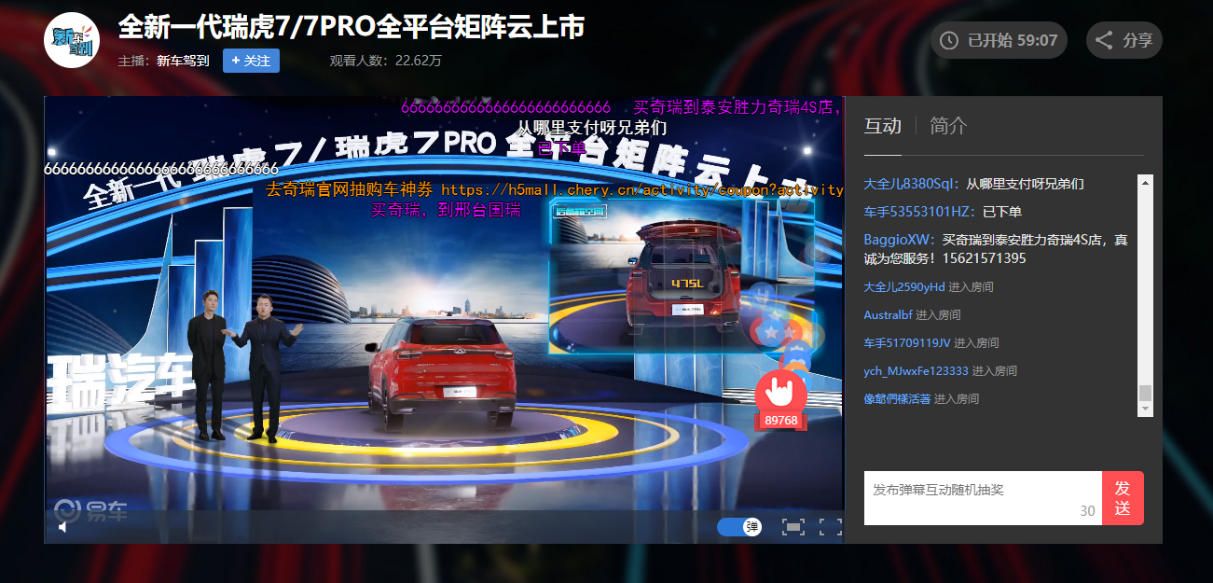
Other global brands like BMW offer their customers an online digital showroom experience that is also integrated with WeChat (the Chinese super app). This enables real-time interaction through one-to-one video calls between customers and BMW product experts. Customers are guided through the showroom by sales personnel with whom they can interact in real-time. They are also able to see pictures of the different models and listed prices at the same time[2].
Tesla has started offering “contactless test drive” options to customers in Beijing and Shanghai. Customers can make appointment by phone and sign e-agreement online. Sales assistant would unlock the car remotely and customers could watch in-car video instructions on the center screen, while mitigating any transmission risk throughout the whole process[3].
Dealers
Dealers in China are also advancing their online marketing development schedules to maintain customer relationships, improve their teams’ capabilities and prepare for market recovery.
A Subaru 4S shop in Fuzhou resumed work on 10 February and quickly devoted its activities to online marketing, focusing on live after-sales interactions. This included special offers for medical personnel, free warranty extension, free disinfection of vehicles, and other promotions. The dealer counts roughly 200-300 viewers per online streaming event, which is equivalent to visitors normally expected at a large offline event. By the end of March, the shop’s after-sales business had recovered to 70%-80% of the initial volume[4].
Platforms
Major platforms such as Tmall, Weibo, AutoHome, BitAuto, Kuaishou, and DongCheDi have quickly launched digital marketing online services to support businesses in their online marketing efforts.
The short video app Kuaishou, for example, launched a solution specifically for automotive brands featuring a special account combining marketing videos on demand, live stream functions, social interaction and lead management tools to help with attracting and retaining customers.
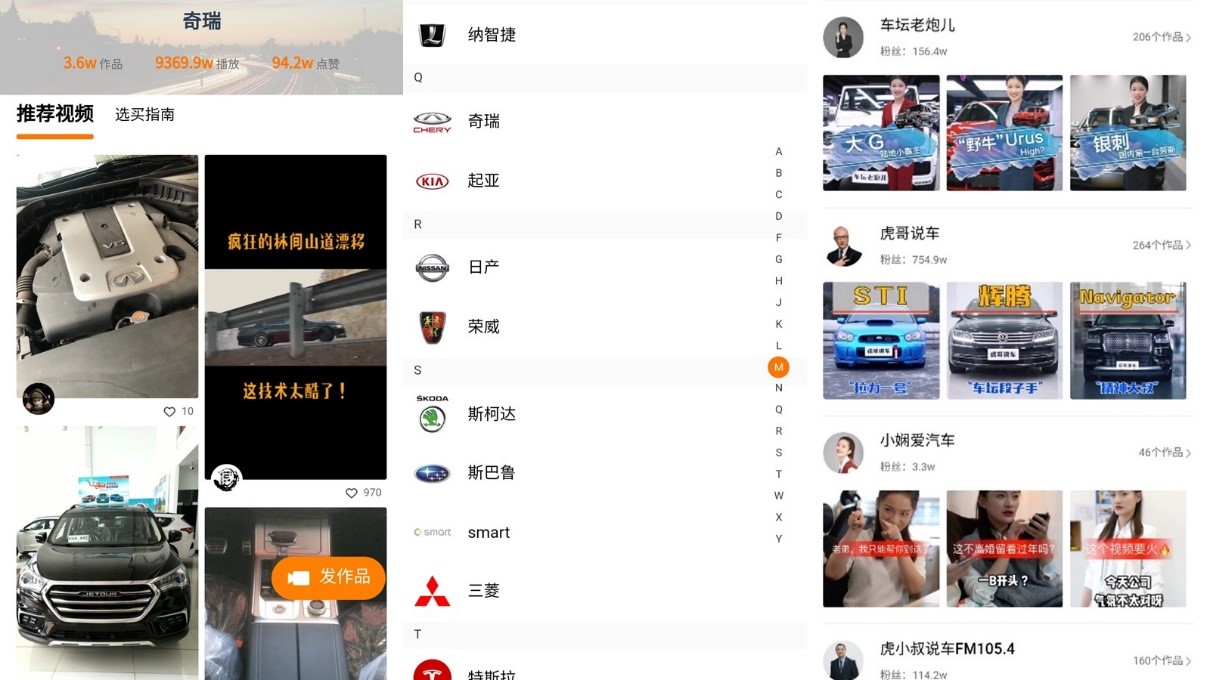
In addition to conducting online live broadcasts with OEMs and dealers, AutoHome has been using big data systems to analyze changes in customer behavior during the pandemic to better understand their needs. Taking the “Smart Car Cloud” product as an example, it provides car companies with three major services: Intelligent early warning, intelligent diagnosis, and intelligent suggestion. In addition, through the creation of smart showrooms and online virtual stores, AutoHome provides the four major functions of online car viewing, car selection, car ordering, and car buying.[5]
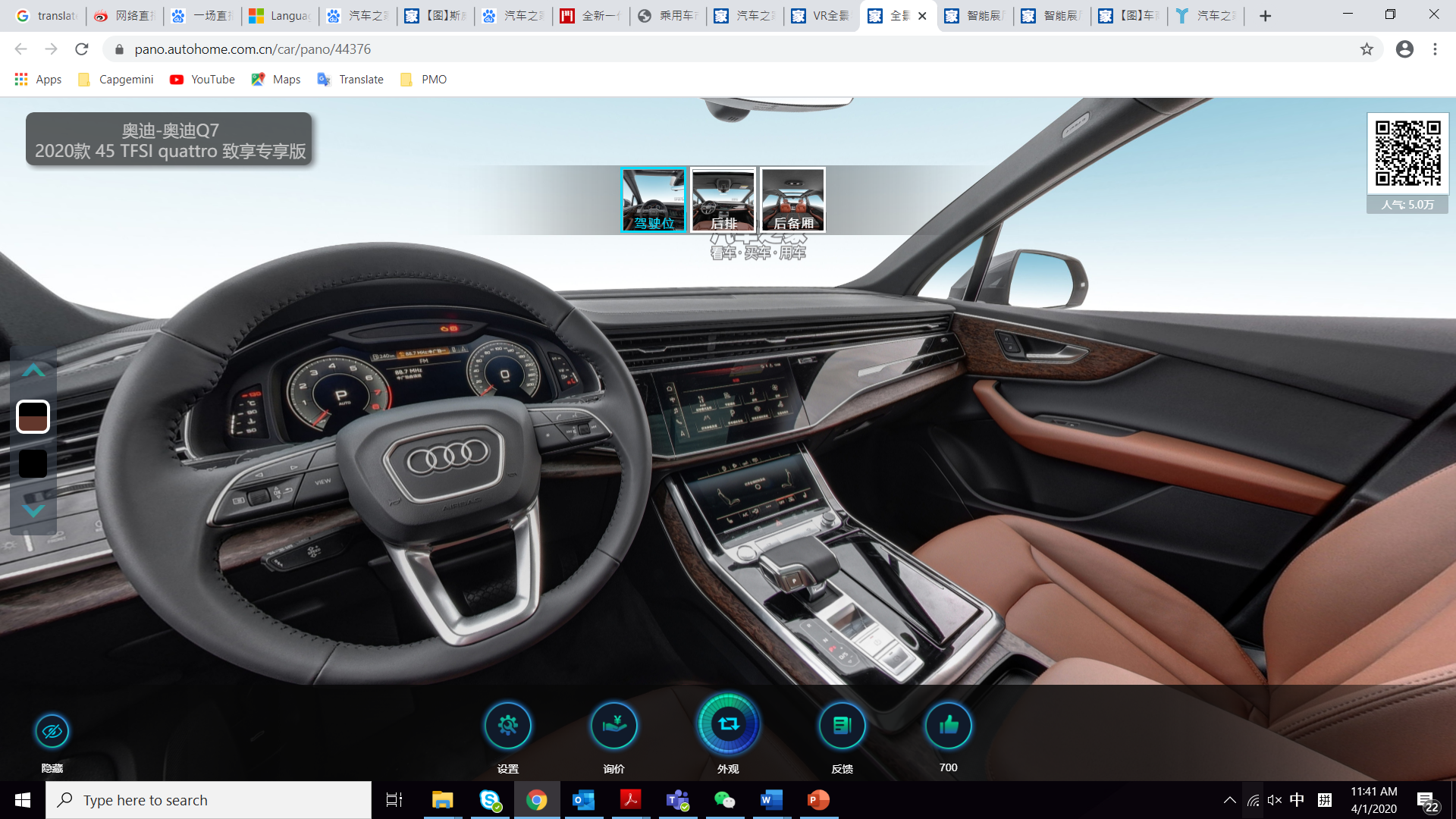
Looking ahead, all these new customer interaction efforts, combined with a probable reluctance to quickly go back to mass transit, may lead to a new boost for auto sales in China. This would be very welcome! China’s accumulated vehicle sales in January and February 2020 stood at 1.97 million, which is 41% lower than the same period in 2019 (CPCA)[6]. Even New Energy Vehicles lost 54% of its sales compared to last year[7]. This marks a new two-year low for the entire industry. In the meantime, a new IPSOS study based on interviews conducted in China at the beginning of February shows that the behavior of potential car buyers has changed: Not only has the frequency of usage of digital touchpoints increased, but online now seems the preferred channel for sales and aftersales services versus offline services.
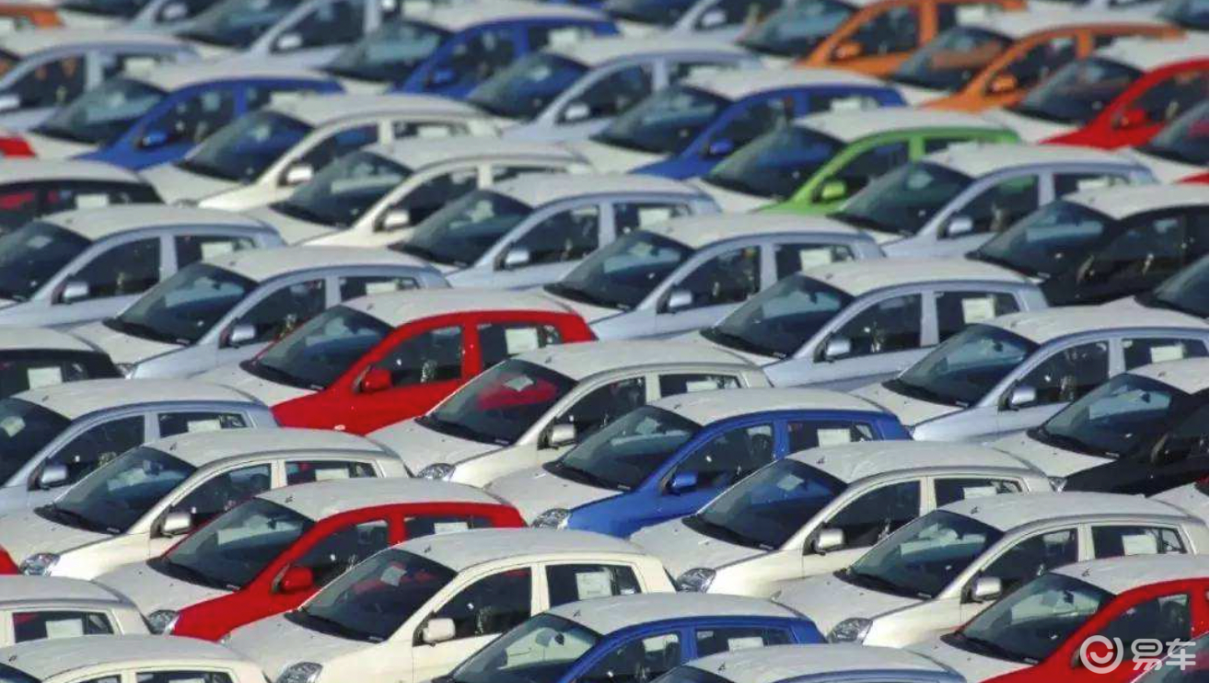
To conclude, there might still be opportunities for the auto industry to limit the impact of this crisis. To make this happen, companies would need to keep the following in mind:
- First, optimize digital touchpoints to be more customer-centric: Online channels still exhibit multiple pain points, such as information overload and inefficient customer journeys. During the current crisis, the quality, originality and efficiency of online content has made a real difference in winning over customers in China.
- Second, integrate both online and offline touchpoints to create an omni-channel experience that meets the changing needs of consumers. This means, adapting the necessary offline experience to match the expectations created during the online engagement.
While these are widely recognized digital transformation ambitions in the automotive industry, the crisis seems to have impacted customers’ behaviors in such a way that they are now an urgent necessity. Overcoming the lockdown with digital innovation offers a way forward for the industry.
There are lessons here that extend beyond China’s borders as the wider global automotive industry tackles the fallout from COVID-19. All automotive players should consider that rebalancing online and offline customer journeys and experiences has become essential to their existence.
Authors

Julien Bourdiniere
Executive Vice-President & Managing Director | Global Head of Consumer Products, Retail & Distribution
Capgemini Invent

Julia Fehse
Senior Consultant
Capgemini Invent

Shirley Shi
Manager
Capgemini Invent
Sources
[1] WeChat Subscription: Auto Car, Author: Zuo Yi
[2] WeChat Subscription: BMW China
[3] Bilibili Subscription: Tesla China
[4] AutoHome, Author: Wen Meng
[5] iYiou, Author: Zeng Le
[6] CPCA
[7] WeChat Subscription: TongJiRen Auto Review, Author: Chen Si
Leave a Comment
You must be logged in to post a comment.
